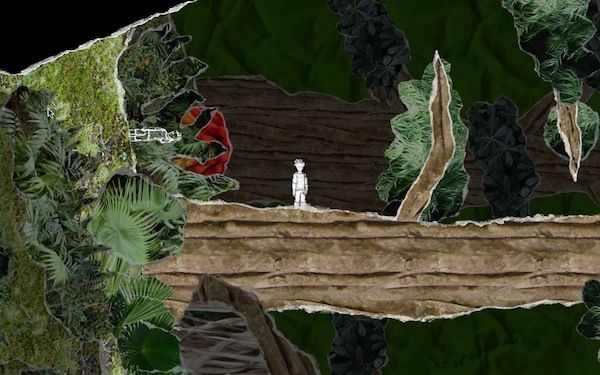

The discovery of the painting definitely had an impact. Belgian physicist Eugene Lagrange even went to Roeselare to see the painting with his own eyes, which he reported in the Belgian newspaper L’Etoile Belge on January 13, 1912. And he speculated that it had originally belonged to the Spanish army commander Ottavio Piccolomini, brother of the Archbishop of Siena, in whose home Galileo served the first six months of his house arrest.įavaro publicized this story of the presumed discovery of a portrait of Galileo dating to the 17th century and containing the celebrated motto, and the tale made it to the pages of several newspapers. He held a nail in his right hand, with which he had apparently traced Earth moving around the sun on the wall with the words “ E pur si move” written underneath.īased on an unclear signature, Van Belle attributed the painting to the 17th-century Spanish painter Bartolomé Esteban Murillo. The painting, of which Favaro saw only a photograph, showed Galileo in prison. If true, this assertion would have meant that the phrase was already known very shortly after Galileo’s death in 1642. Van Belle claimed to own a painting that had been painted in 1643 or 1645 that contained the famous motto. In 1911 Favaro received a letter from a certain Jules Van Belle, who lived in Roeselare, Belgium.

Favaro was equally skeptical initially-until an unexpected event caused him to reconsider the question. The moment he was set at liberty, he looked up to the sky and down to the ground, and, stamping with his foot, in contemplative mood, said, Eppur si move that is, still it moves, meaning the earth.”Įven if we were to disregard the unhistorical embellishments in this account, it would be difficult to accept the testimony of a book that appeared more than a century after Galileo’s death as evidence of the veracity of the quote. Favaro determined that the earliest mention of the phrase in print was in a book entitled The Italian Library, published in London in 1757 by Italian author Giuseppe Baretti.īaretti colorfully wrote, “This is the celebrated Galileo, who was in the inquisition for six years, and put to the torture, for saying, that the earth moved. As part of that Herculean effort, in 1911 he also published a few articles describing his extensive research devoted to uncovering the origins of the motto. Science historian Antonio Favaro dedicated four decades to the study and contextualization of Galileo’s life and work, eventually producing the monumental book Le Opere di Galileo Galilei ( The Works of Galileo Galilei). But did he say it at all? If not, when and how did the myth about this motto start circulating? We can also be certain that he did not (as legend has it) mutter that phrase in front of the inquisitors.
AND YET IT MOVES FREE TRIAL
His bitterness about the trial the fact that he had been forced to abjure and recant his life’s work the humiliating reality that his book Dialogue Concerning the Two Chief World Systems had been put on the Church’s Index of Prohibited Books and his deep contempt for the inquisitors who judged him continually occupied his mind for all the years following the trial. It was only after the trial, angered by his conviction no doubt, that he was said to have muttered to the inquisitors, “ Eppur si muove”(“And yet it moves)”, as if to say that they may have won this battle, but in the end, truth would win out.īut did Galileo really utter those famous words? There is no doubt that he thought along those lines. That brings us to “and yet.” As much as Galileo may have hoped to convince the Church that in moving Earth from its anointed position, he was not contradicting Scripture, he did not fully appreciate that Church officials could not accept what they regarded as his impudent invasion into their exclusive province: theology.ĭuring his trial for suspicion of heresy, Galileo chose his words carefully. Although he could not prove it, his astronomical observations and his experiments in mechanics led him to conclude that Earth and the other planets were revolving around the sun. Galileo was convinced that model was wrong.

“It moves” was a startling denial of the notion, adopted by the Catholic Church at the time, that Earth was at the center of the universe and therefore stood still. “And yet it moves.” This may be the most famous line attributed to the renowned scientist Galileo Galilei.


 0 kommentar(er)
0 kommentar(er)
